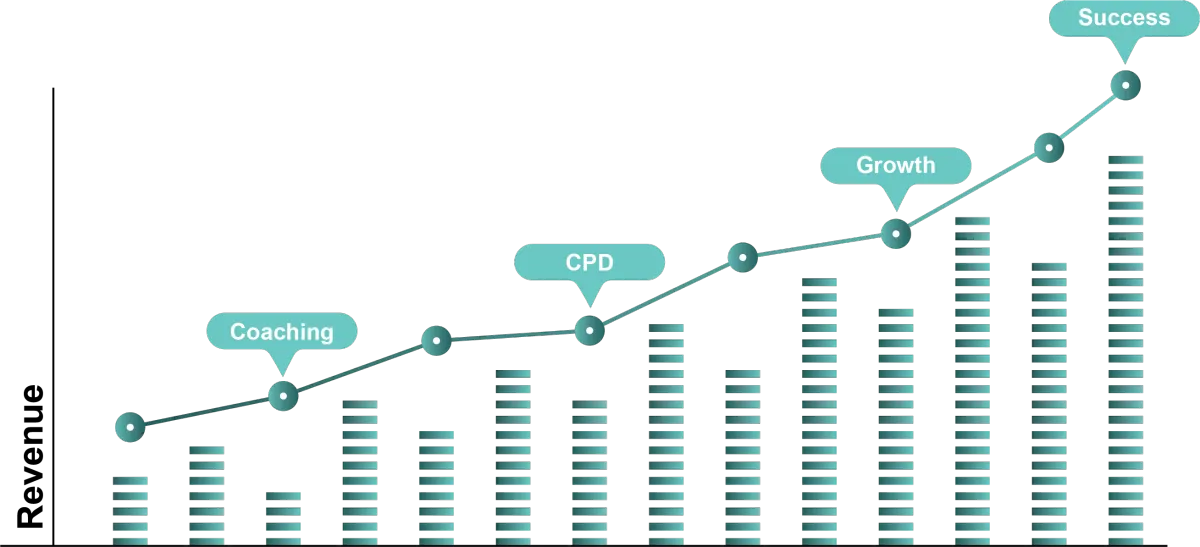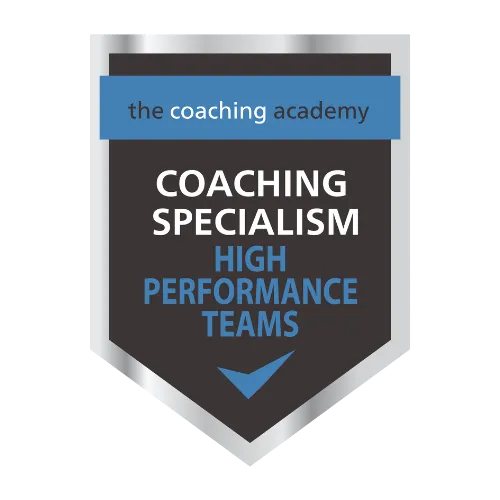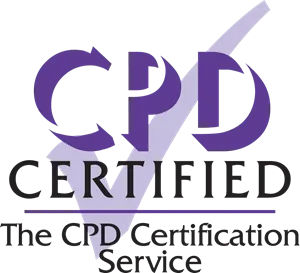Lead with Precision.
Inspire with Purpose.
Transform leadership and team performance through proven strategies, trusted by global organisations and leaders at every level.


Turning Leadership Theory into Organisational Impact
Leadership Growth Starts One Degree at a Time
At One Degree Training & Coaching, we believe meaningful transformation doesn’t happen overnight, it happens one degree at a time.
Led by Andy Nisevic, a former British Royal Air Force leader with over 20 years of operational leadership experience, we help executives and teams master communication, self-awareness, and collaboration.
From global corporations to growing businesses, our mission is simple: to create leaders who inspire, and teams who perform at their best.
Understand Behaviour. Enhance Team Communication.
Unlock performance through DISC profiling and tailored behavioural training.
Our DISC profiling programs help leaders and teams understand behavioural styles, improve communication, and reduce workplace friction. With actionable insights, we enable individuals to lead with empathy and strategy—building resilient, high-performing teams that thrive under pressure.

Real Leadership. No Fluff. No Ego.
Straightforward lessons from 20+ years of leadership experience.
In the Amazon #1 best selling book Leadership 101: Don’t Be a Dick, Andy Nisevic distils decades of leadership experience into practical, human-centred lessons that leaders at all levels can apply immediately. This honest, insightful book challenges leaders to reflect, reset, and refocus on what really drives performance. People.


Strength Deployment Inventory (SDI) – The Science of Motivation
Understand what drives your people to act, and how to lead them effectively
Our SDI training helps teams identify core motivations and conflict triggers, creating deeper understanding and psychological safety across the organisation. By mastering the SDI framework, leaders learn to adapt, connect, and coach with purpose.
Build Cohesive, High-Performing Teams
Transform how your teams collaborate, communicate, and succeed.
Our Team Dynamics programs combine behavioural insight with practical, results-driven exercises. We guide organisations to build trust, accountability, and shared purpose—empowering teams to move from good to exceptional.

Inspiring Leadership That Lasts Beyond the Room
Engaging keynotes that challenge, motivate, and shift perspectives.
Andy Nisevic delivers dynamic keynote sessions for conferences and corporate events, sharing real-world lessons from his military and coaching experience. Each talk is tailored to your organisation’s culture and designed to leave lasting impact.


Professional Development You Can Trust
Accredited programs built on expertise and measurable results.
Our CPD-accredited leadership and communication courses offer internationally recognised credentials. Designed for organisations committed to long-term growth, these programs combine evidence-based learning with practical coaching application.
What Our Customers Say

Site Map
Products
Leadership 101 Don’t Be A Dick Book
Consultancy Call
DISC Profiling
SDI Profiling
Services
DISC Profile + 1x 60 Minute Coaching Bundle
SDI Profile + 1 x 60 Minute Coaching Bundle
Full Day SDI Training
Half Day SDI Training
Full Day DISC Training
Half Day DISC Training
Online Full Day Team Performance Coaching
Online Half Day Team Performance Coaching
In Person Full Day Team Performance Coaching
In Person Half Day Team Performance Coaching
CPD Accredited Organisational Leadership Masterclass
CPD Accredited Motivational Leadership Masterclass
CPD Accredited Wellbeing Awareness Masterclass
3 Month 1:1 Coaching
6 Months 1:1 Coaching
9 Months 1:1 Coaching
12 Month 1:1 Coaching
Keynote Speaker
News
Blog
Careers
Company
About us
Contact Us
Terms & Conditions
Privacy & GDPR policy
Complaints Procedure
© One Degree Ltd 2022-2025
One Degree Ltd registered in England | LN1 1BN | Company number - 14053252
Digital Advertising by Eleventra.










